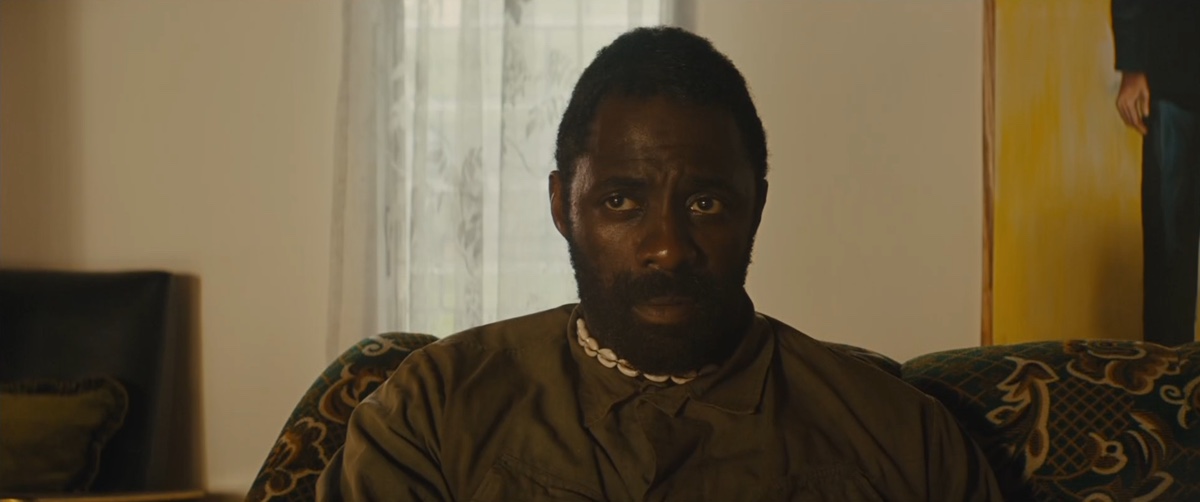I’ve already explained how I understand the role and responsibilities of a software architect. But one question still remains unanswered, and it often turns into a problem in our projects: What does a software architect do when the project sponsor doesn’t like his technical decisions? The architect implements something in a certain way, and the sponsor (or its representative) says that it’s not exactly how things should work. What’s next?

In our projects, a product owner (PO) is usually a representative of a project sponsor (the paying customer). Since all our projects are rather complex Java software packages, POs are very technical people. They are programmers or used to be programmers. They understand the code we write, and they want their opinion to be taken into account and respected.
And I’m not talking about stupid product owners—those guys are a separate story. I’m talking about a pretty reasonable PO with his own technical opinion that needs to be heard.
Here is a practical example. Last week, I was starting a project. I was an architect. It was a Java server-side module. I decided to use Maven as a build automation system.
I created some initial files, configured pom.xml, briefly explained the project structure in README.md, and submitted a pull request. Chris, the product owner, reviewed it and asked, “Why not Gradle?”
It was a reasonable question, right? Gradle is another popular build automation system that I could have used, but I didn’t. The question is why. It was a pretty innocent question, and I explained the answer right there in my comment to the pull request. I said Maven was more suitable in this project because … blah blah blah.
But Chris argued back. He was still thinking Gradle was the better choice. He had his reasons. Meanwhile, I tried to convince him of mine. I tried a few times and then realized I was doing something wrong. It shouldn’t work like that.
A software architect should not convince a product owner, a customer, or anybody else. Instead, an architect must make his decisions and be responsible for the entire success or failure of the product, just like I explained before.
There is a simple reason for that. Any attempt to convince anyone causes a possibility of “responsibility leakage.” What if I fail to convince? I will have to change my plan and use Gradle, right? What if the product has problems because of that decision? I will try to blame Chris for that, right? I can’t be fully responsible for the product anymore, because I was “forced” to make at least one decision.
Don’t get me wrong; a good architect must collect different opinions before making his own decision. But collecting Chris’s opinion would look very different. I would ask him first what he thinks about Maven and Gradle. He would tell me that he doesn’t like Maven because of this and that. And I would take that into account. Or maybe not. But my decision would still be mine, made by myself, under no compulsion by anybody. And Chris would still be able to blame me for any negative consequences of that decision.
But what should Chris do if he really doesn’t like my decision? It’s his money and his product, right? He does care. And he doesn’t want to have Maven in his product. What does he do? How can he influence my decision-making process?
It’s easy. There are two documents in each software project. The first one is requirements, and the second one is architecture. Chris should use them both to correct me and point me in the right direction. Here’s how.
First, if he really doesn’t want to have Maven, he should make changes to the requirements document. He should add something like “the build system must be Gradle, because …” Or maybe even without the “because” part. It’s up to him. In that case, I will have to take that into account, and I will. I know my design decisions are dictated by the requirements. And not because Chris convinced me or I failed to convince him, but because that’s what the document says.
Second, if he is not entirely sure that Gradle is the right choice and just wants me to be more serious about my decisions, he should complain (by submitting a bug) about the quality of my architecture document. He should say: the choice to go with Maven is not explained properly. I will then rethink my decision and will either change it or explain it better. But again, I will do it not to please Chris but to fix a reported bug.
To summarize, an architect must be an absolute technical dictator during the project and must not have to convince anyone. If that’s not the case, the entire project faces big risks, simply because the responsibility will be “leaking.”
The #architect tells you to rewrite the code his way. Your response is...
— Yegor Bugayenko (@yegor256) December 22, 2019
